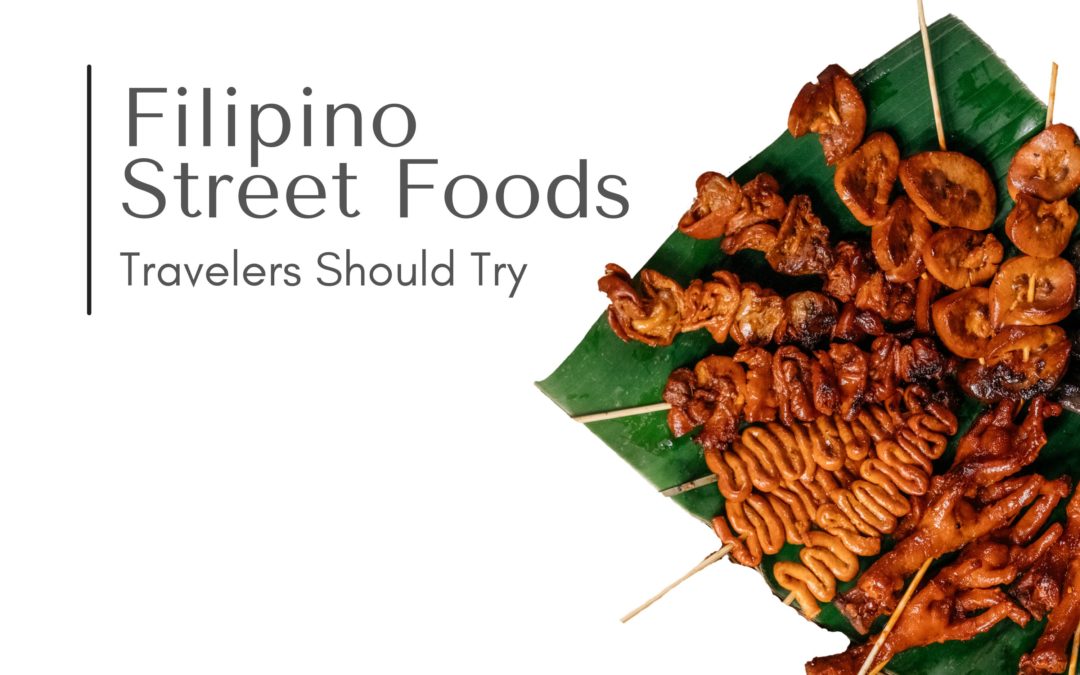The food culture in the Philippines is very different from that of Western. If you’re a certified foodie, you will be delighted by the Filipino foods as there are many kinds of food that you can enjoy. Below are the top Filipino food that you should try if you are planning to visit the Philippines.
Key Takeaway
In this article, you will learn that there are many Filipino Street Foods that you can find almost everywhere in the country when you visit the Philippines. Maybe some of them are rather exotic for you and some of them are just plain in your eyes but I assure you you will not regret it once you try to eat them. I hope you find this article exciting and mouth watery so you visit our country soon!
Filipino Foods in a Nutshell
- Balut
- Isaw
- Turon
- Halo-halo
- Puto Bumbong
- Taho
- Pancit Palabok
- Lugaw
- Empanada
- Pancit Habhab
- Lumpinag Ubod
- Fish Kinilaw
- Bibingka
- Champorado
- Buko Pie
- Pastillas de Leche
- Buko Pie
- Pandesal
- Tablea Tsokolate
- Ube Halaya
- Leche Flan
Read more below for each food’s description and a little information on how to eat and where you can get them.
Balut
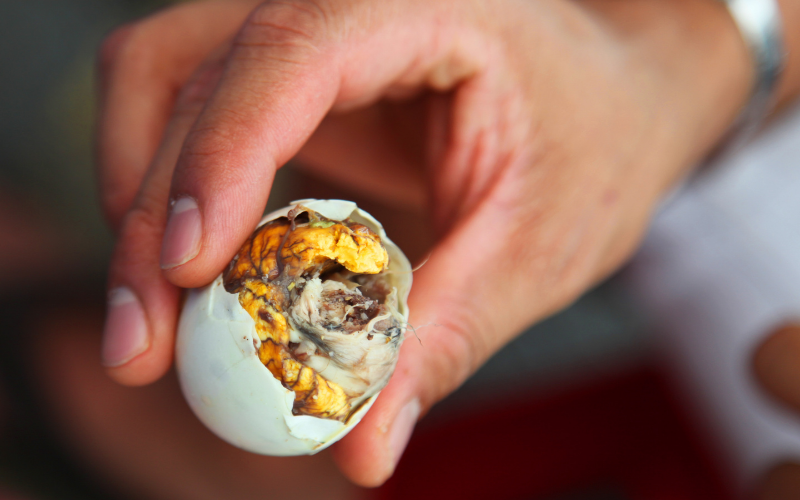
Almost every culture has food that raises the eyebrow or is considered just plain gross- balut is one of these foods. It is a 16 to 21-day old fertilized duck egg that contains not only a yolk but also a semi-developed duck embryo that’s eaten from the shell! Disgusting for some but with a bit of getting used to, you’ll finally understand that this exotic Filipino street food is something you must try. You will find it on almost every street corner, anywhere that has street food in the Philippines, and from vendors pushing their food carts.
Isaw
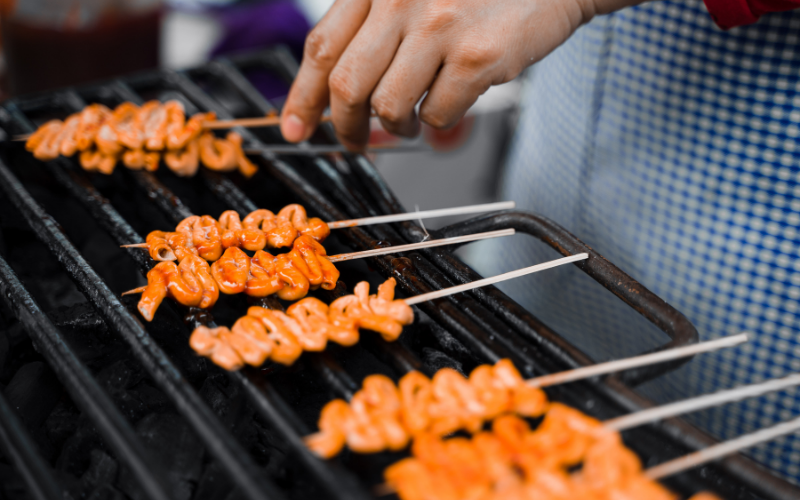
Isaw is a popular Filipino street food consisting of marinated, boiled, and grilled chicken and pork intestines which are usually coiled and skewered on a stick. The dish is usually dipped in a vinegar-based sauce that is made with chili peppers and onions. Because it is one of the cheapest Filipino street foods, the dish is extremely popular. Some even consider it a Filipino Dish that can be paired with rice!
Turon
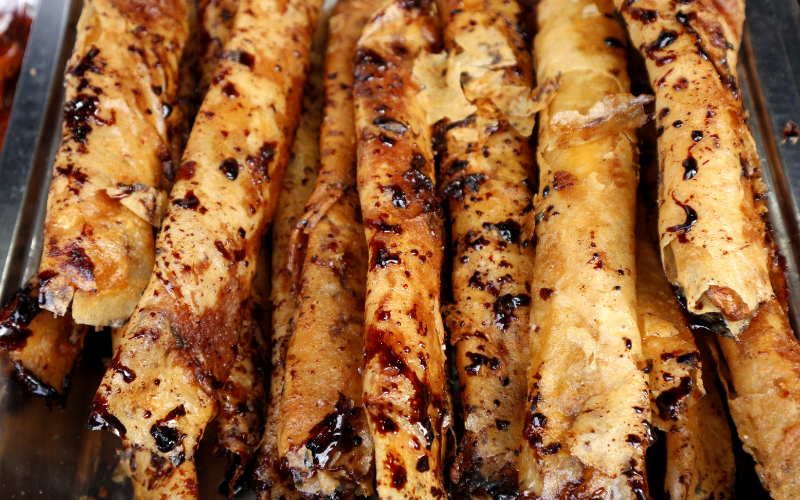
Turon is often sold by street vendors in the Philippines and is a dessert version of Lumpiang Shanghai. It’s traditionally filled with ripe saba banana slices coated with sugar and layered with strips of jackfruit, wrapped in a thin crepe-like spring roll, deep-fried to a golden crisp, and rolled in a crunchy caramel coating. Filipinos enjoy this as their merienda food, so you can usually see street vendors selling this during the afternoon.
Halo-halo

Halo-halo is a Filipino dessert made with lots of ingredients. It’s a classic, and it’s one of the most delicious desserts you can find in the Philippines.
It is made by mixing sweetened banana, tapioca, green and red gelatin, red and white beans, a little bit of sugar, and kaong together. The mixture is topped with crushed ice, leche flan (a custard made from milk), ube halaya (purple yam jam), and pinipig or rice crisps. It’s one of the best desserts to eat when served with lots of milk and cheese!
What makes halo-halo so special? It’s all in the mix! The ingredients combine to create something that is sweet but also savory and delicious. You can’t help but want more when you try it for the first time!
Oh, and by the way, the name Halo-Halo or “halo” in tagalog means “mix” in English. Now it makes sense!
Puto Bumbong
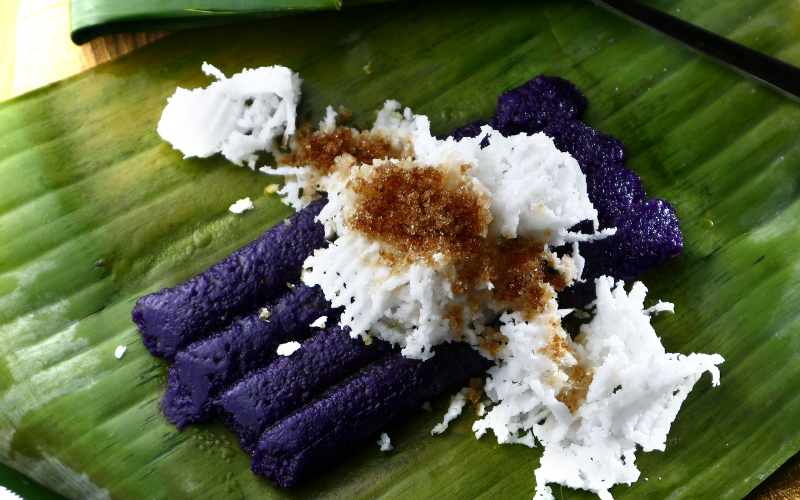
Puto Bumbong is historically crafted from a unique type of heirloom sticky or glutinous rice referred to as Pirurutong. It’s a classic after Simbang Gabi snack that’s characterized by steaming cookers with several bamboo chimneys. This pinoy food or delicacy reminds us of Christmas.
Taho
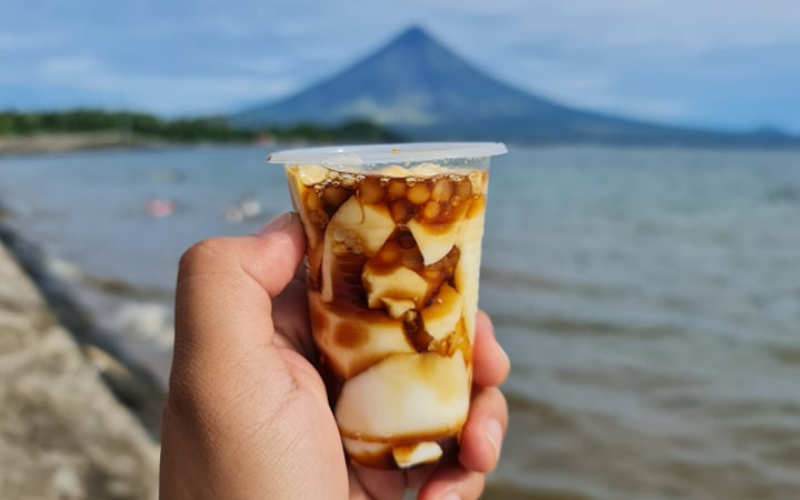
Looking for a quick morning fix? Taho is every (rushing) Filipino’s best friend. It’s made of fresh soft or silken tofu, arnibal (brown sugar syrup), and sago/tapioca pearls. This is available in almost every part of the Philippines. It is usually served warm or at room temperature. However, you can also enjoy the tofu chilled for a cooling treat. Indonesia, Malaysia, Thailand, and many other neighboring Asian countries have their own version of this sweet tofu snack.
Pancit Palabok
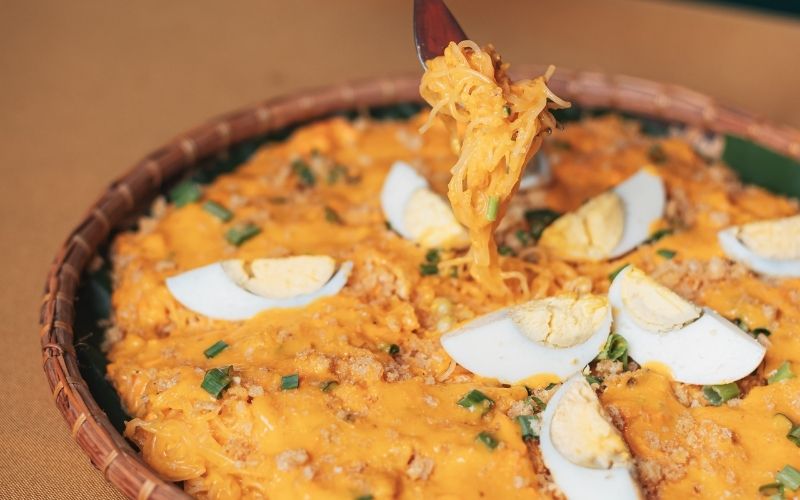
Pancit Palabok is a noodle dish with a sauce made of shrimp, pork, and vegetables. It is served with shrimp crackers, fried pork skin, boiled eggs, and crushed chicharon. It is always present in fiestas and special occasions because it is considered by the Filipinos to be festive food.
Lugaw
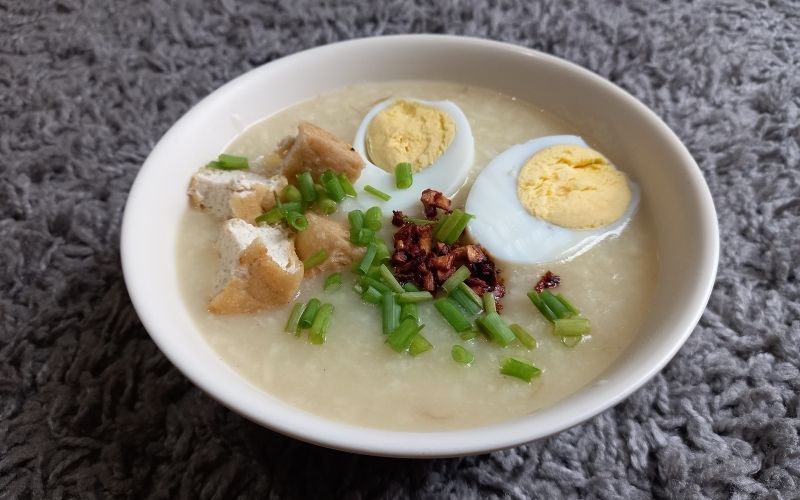
Lugaw, Arroz Caldo, or Filipino Porridge is a popular Filipino food that can be eaten as a breakfast or a snack. It is made by boiling rice in water, then adding chicken broth and shredded chicken breast, beef tripe, and egg. It is seasoned with garlic and ginger and served with egg and green onion. Others top it with Siomai for a more flavorful taste.
Empanada
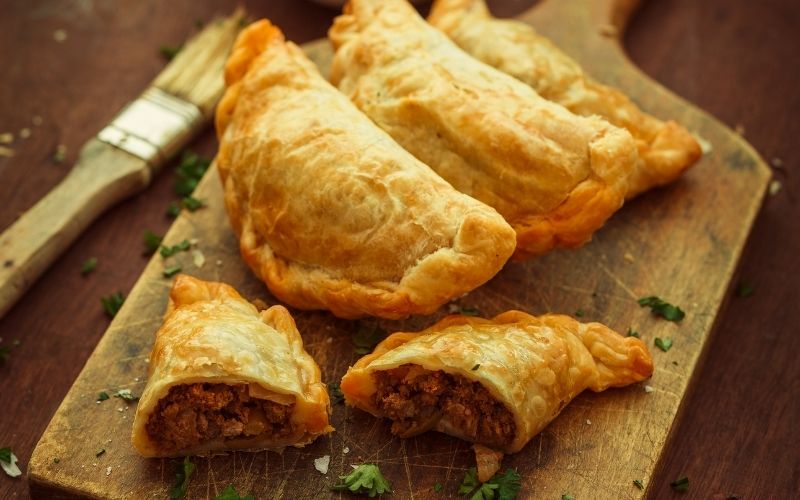
The empanada is a staple food in the Philippines, but it’s not quite like anything you’ve ever had before. This dish combines Spanish and Filipino influences, with local ingredients and flavors to create something truly unique.
The filling for an empanada is typically made up of egg, pork sausage (loganiza), grated unripe papaya or bean sprouts, and garlic chives. The filling is wrapped in dough and deep fried in oil until golden brown on both sides. The finished product is then served with a spicy vinegar sauce.
You can find empanadas at stalls near cathedrals in Vigan and Laoag—so next time you’re traveling around the Philippines, stop by one of these towns to try out this unique local specialty!
Pancit Habhab
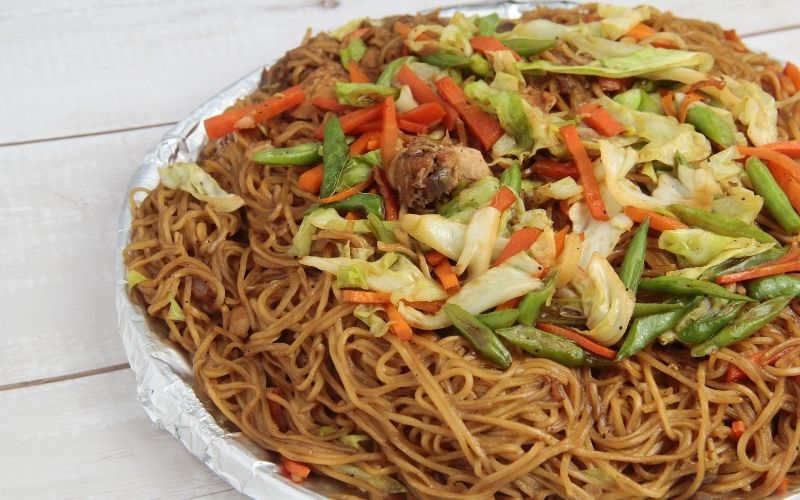
One of the most important things to know about Filipino food is that we love noodles or locally known as ‘pansit’. We love them so much that we’ve managed to adapt noodles to our lifestyle.
Lumpiang Ubod
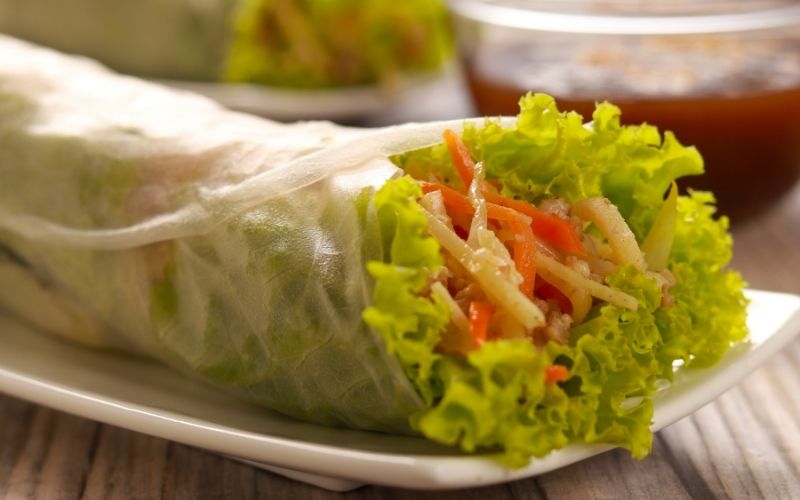
Lumpiang Ubod (or “lumpia” for short) is a spring roll filled with the pith of the coconut tree and any kind of meat of your preference. It can be served as fresh lumpia or fried lumpia, depending on how you want it to taste and feel.
Lumpiang Ubod is a popular dish in the Philippines, especially during special occasions like birthdays, weddings, and anniversaries because it’s easy to make and can be prepared ahead of time. It’s also very inexpensive to make so that’s another reason why families like to make it often.
Fish Kinilaw
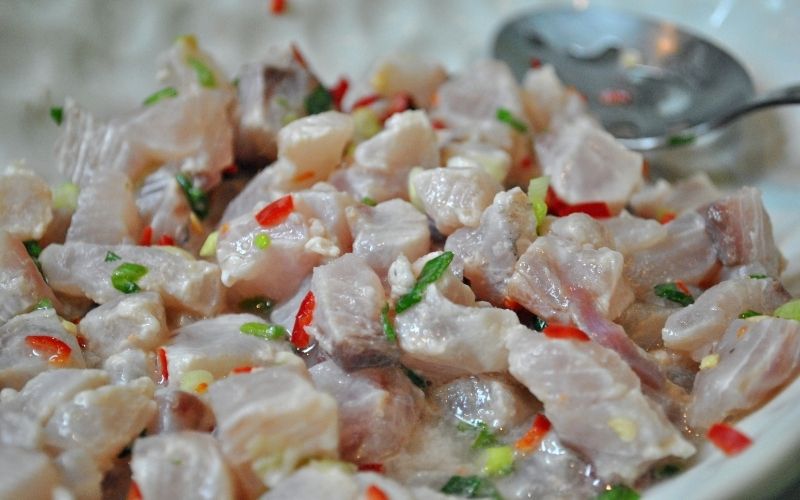
If you’ve ever visited the Philippines, you’re aware that fish kinilaw is one of the country’s most popular delicacies. Raw fish is prepared with palm coconut vinegar, ginger, chili, and spices in this cuisine. Each province has its own method of making kinilaw, but Cebu has the most popular.
Bibingka
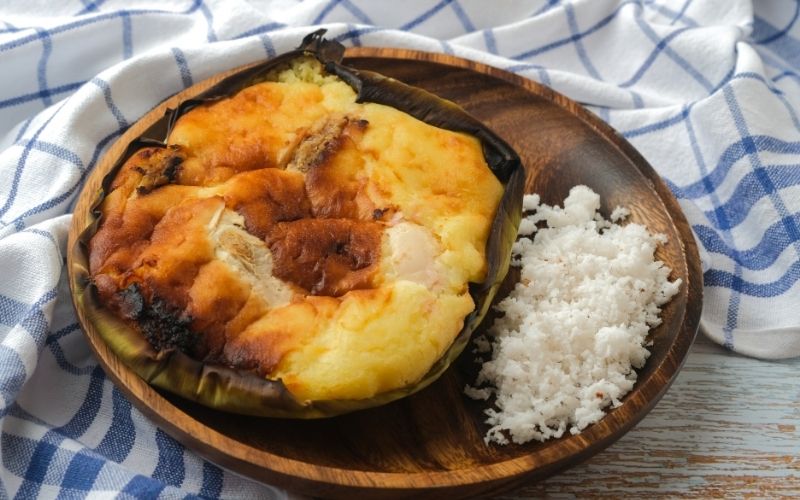
Bibingka is a Filipino rice cake that is usually served during Christmas and other festive occasions. Rice flour, coconut milk, and sugar are used to make it. These rice cakes are frequently topped with salted eggs and kesong puti. Many restaurants in Manila serve bibingka, but it’s very simple to make it at home.
Champorado
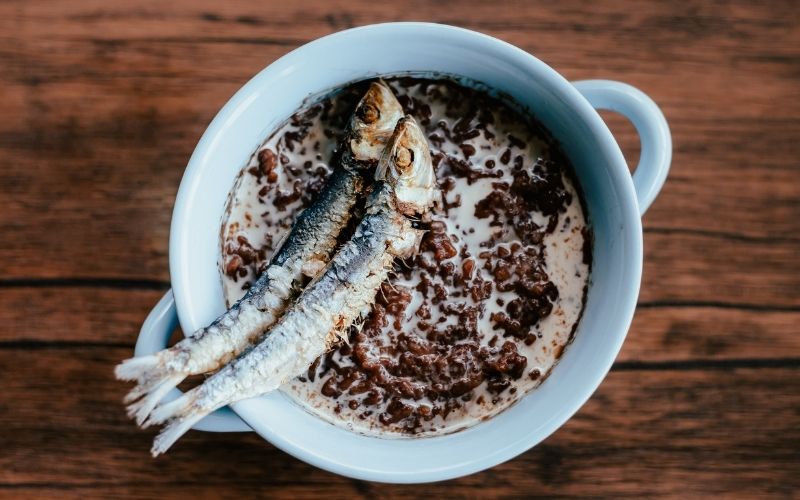
Champorado is a traditional Filipino food that is perfect for the rainy season. It’s basically a porridge mixed with tablea (Philippine’s native chocolate) or cocoa powder. It’s comfort food at its finest, and pairs perfectly with tuyo or dried fish. For an extra indulgent treat, top it with evaporated or powdered milk!
Buko Pie
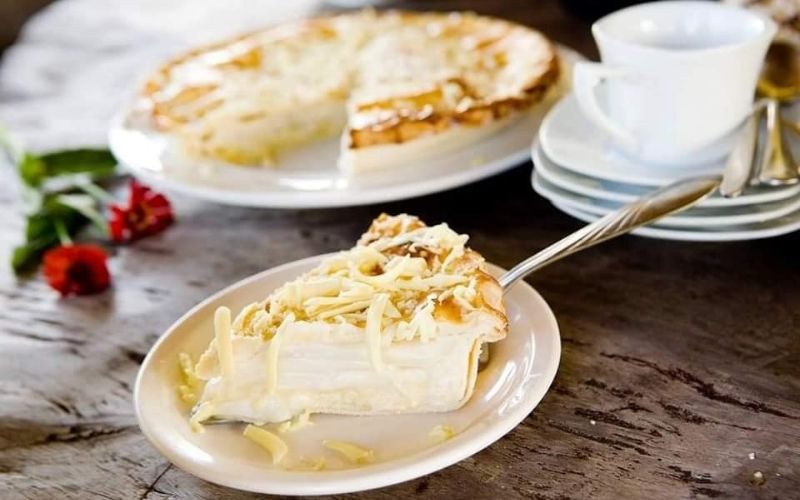
Buko Pie is a popular Filipino dessert and a delicacy that has been around for ages. It has a delicious filling of the milk mixture and generous layers of tender coconut meat. This is a very popular snack in the Philippines and people love to eat it. The best that we’ve tasted so far is the Nono’s Buko Pie from Sorsogon in Bicol Region. They even have two popular flavors: Yema and Ube Buko Pies!
Pastillas de Leche
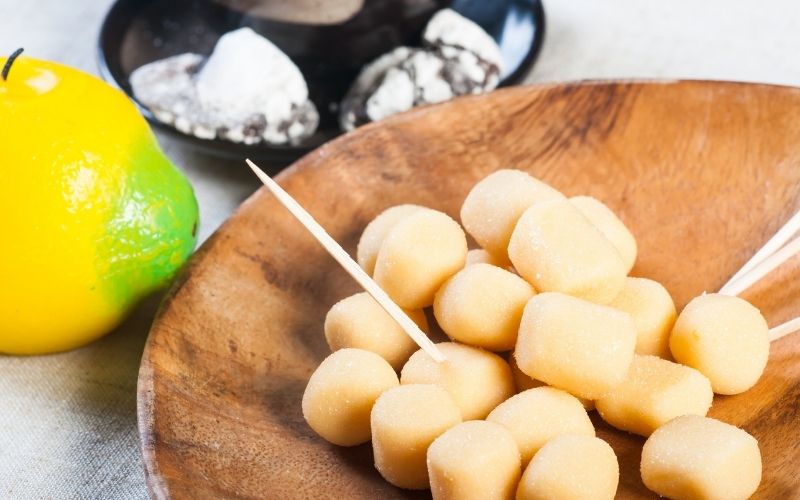
Pastillas de Leche is a traditional Filipino sweet made from fresh carabao milk and sugar. It is a favorite of people in the Philippines, and they are often given as gifts on special occasions. It is shaped into small balls or cubes and cooled before being wrapped up in wax paper or pricked with a stick.
The candies are often served at parties but they are also eaten on their own as a snack or dessert.
Pandesal
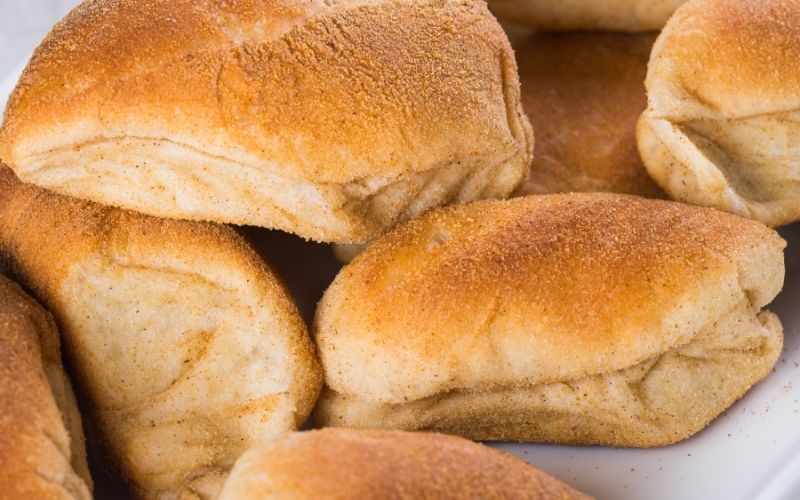
If France has baguette, the Philippines have Pandesal!
Pandesal is a small, oval-shaped bun that is often eaten for breakfast in the Philippines. It’s made from flour, water, and yeast, which makes it light and fluffy.
The name “pandesal” comes from the Spanish word for “bread”. It’s typically eaten with butter, mayonnaise, cheese, peanut butter, or margarine, or dipped in coffee. Some restaurants fill it with bacon, egg, ham, or corned beef. Some pair it with pancit but it can be definitely deliciously eaten alone.
Tablea Tsokolate
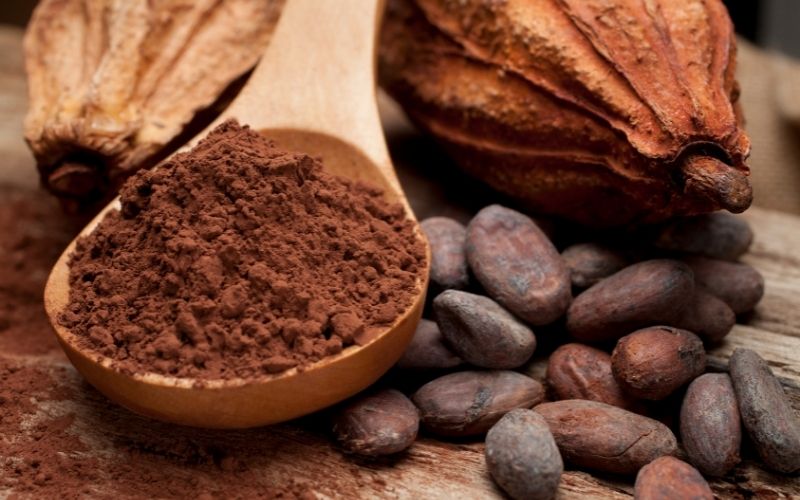
Tablea Tsokolate is native chocolate made from cocoa beans. In Bicol Region, these cacao beans are fermented for two to three days before being dried and roasted in a pan over the fire, then ground into a powder. The powder is then mixed with sugar and milk until it forms a paste-like substance that can be molded into bars or balls.
It has been around for hundreds of years and is traditionally served after dinner as a sweet treat, but it can also be put in hot water or milk to make a hot chocolate drink. This kind of native chocolate is one of the Famous Bicol Products that is being exported to different countries.
Ube Halaya
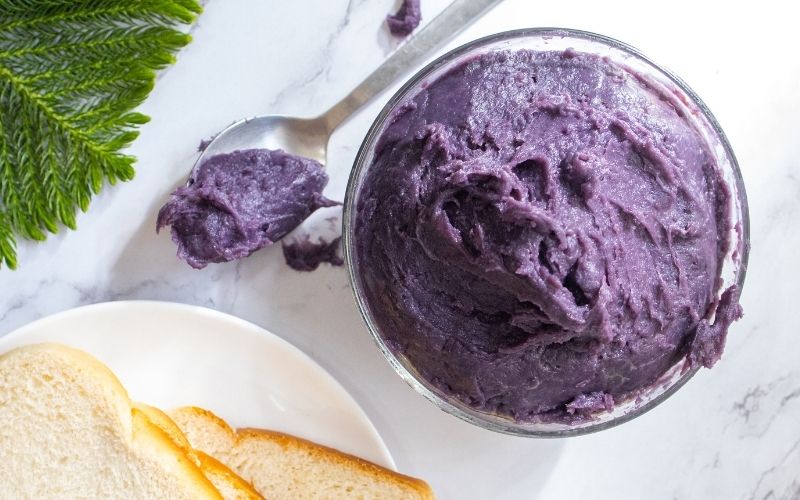
One of my favorite Filipino food is Halayang ube or purple yam jam. This dish is very popular in Laguna, Baguio, and Quezon. It is a popular jam in the Philippines, especially during the holidays. It can be eaten as it is or can be used as topping and filling on desserts like cakes, pies, and halo-halo. This sweet treat is usually served at gatherings like birthdays and Christmas parties. It is also popular during special occasions like New Year’s Eve and Valentine’s Day because of its vibrant purple color and sweetness.
Leche Flan
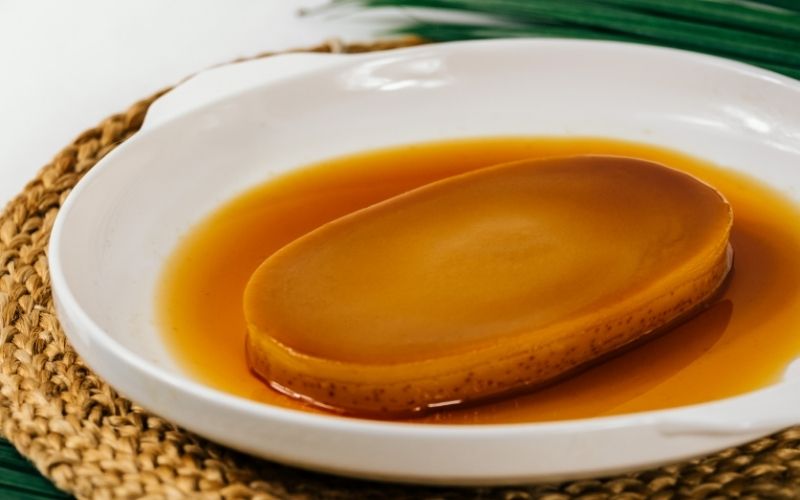
Leche flan is a popular Filipino dessert made of egg and milk with dazzling caramelized sugar. t’s often served after a meal, or as an accompaniment to coffee or tea. It is usually served chilled, but you can also heat it up to serve it hot.
How about you? What’s your favorite Filipino food? Is it on this Filipino food list?
Frequently Asked Questions
Are these food always available the entire year?
Yes except Puto Bumbong and Halo-Halo.
Puto bumbong can usually be bought every December only but it can be made anytime when requested. But you must know someone who knows how to do it so that you can try it anytime you want.
Are they available anywhere in the country?
Yes, these can be available in every corner of the country.
Which of these Filipino foods can be brought to another country?
You can take candies and some desserts home such as Pastillas de Leche, Tablea Tsokolate, and Ube Halaya. They usually last outside a fridge for 2 days or more when preserved properly.
Do you have a site where I can order all these and have it delivered to me when I stay in the Philippines?
You can download the apps Food Panda or Grab Food. They are the top food delivery services in the country that offers everything in this list because they are partnered with most of all shops in the country.
Do you also have a list of best filipino dishes?
Yes, we do! Check our Best Filipino Dishes.
What is the famous street food in Philippines?
We consider Balut, isaw, and turon as the top 3 most famous street foods in the Philippines.
Is street food part of Filipino culture?
Yes, street food is an important part of Filipino culture. Street food can be found anywhere in the country because Filipinos love to eat, doesn’t matter when or where.
What is a popular street food in Manila?
Isaw is the most popular street food in Manila.
Why do Filipinos love eating street food?
Because street food is affordable and convenient. It’s another way to promote local delicacies in every place in the Philippines.
What is unique about Filipino food?
Filipino foods are usually salty, sour, sweet, or a combination of all. Filipinos can mix flavors and still, the food tastes great!

